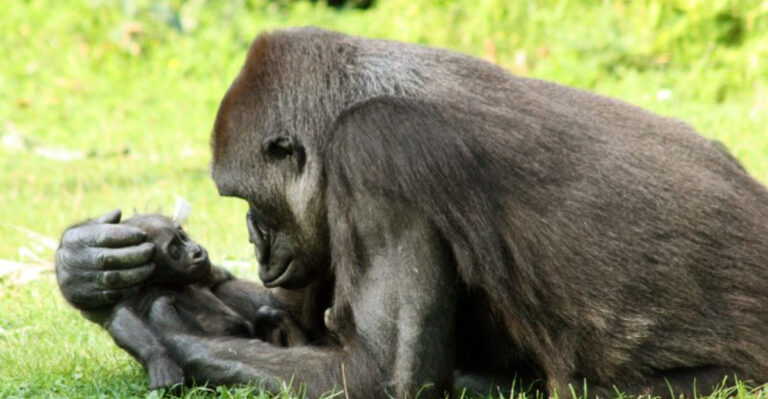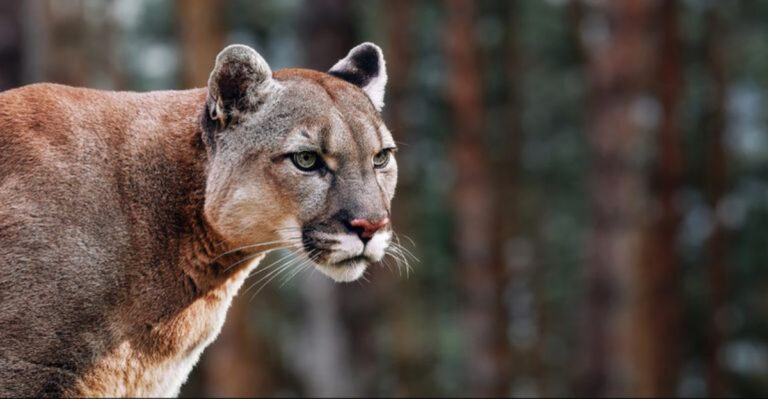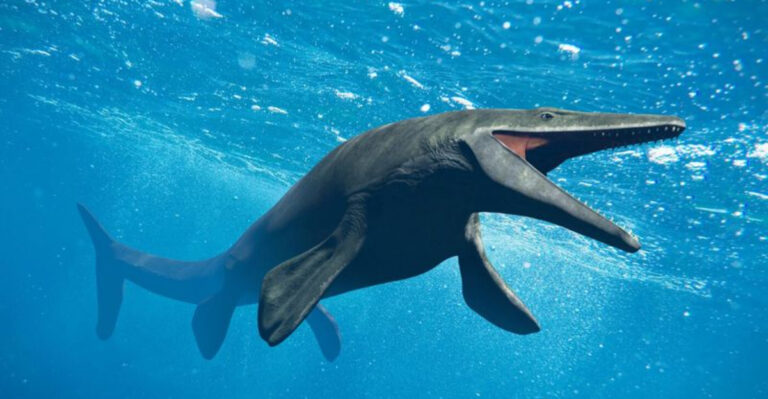Forget Bird Feeders: These 15 Plants Are Nature’s Own Bird Buffet
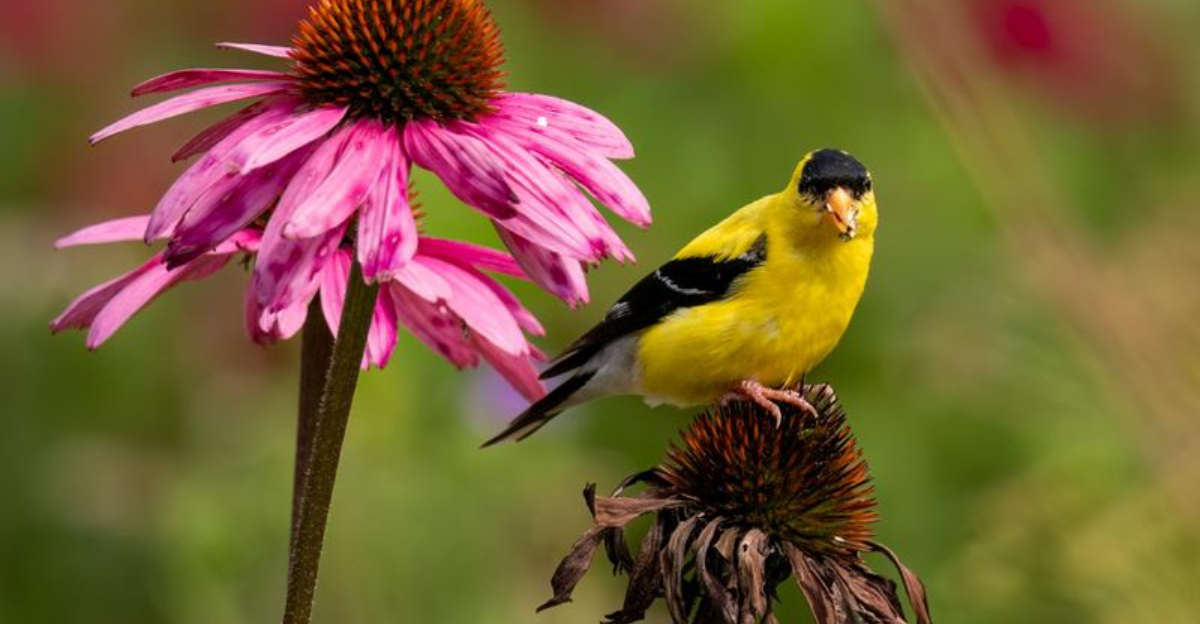
Watching birds flutter around your yard brings joy and connection to nature. Instead of constantly refilling feeders, why not let your garden do the work?
Native plants provide natural food sources that attract diverse bird species year-round while requiring less maintenance than traditional feeders. Your feathered friends will thank you with their cheerful presence and helpful pest control.
1. Sunflowers: Towering Seed Factories
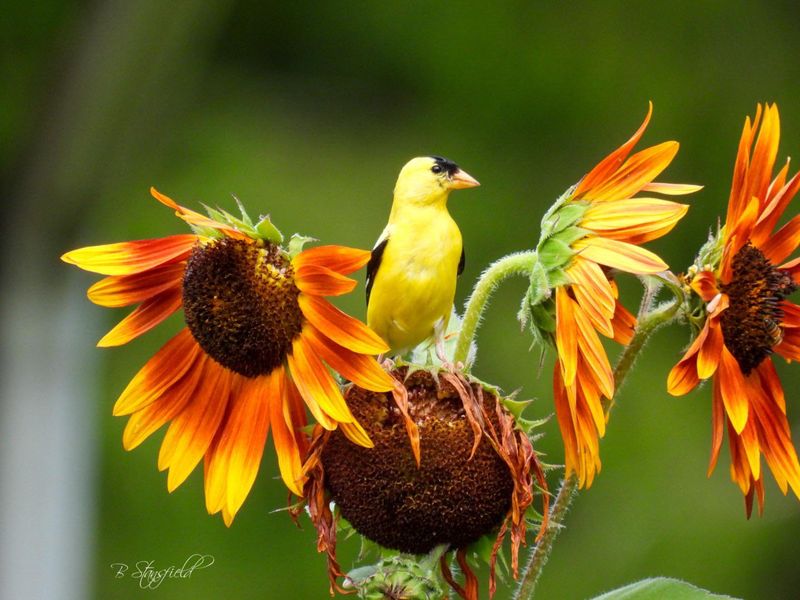
Nothing beats the sight of goldfinches clinging to sunflower heads in late summer. These sunny giants produce thousands of nutritious seeds that birds absolutely love. Cardinals, chickadees, and nuthatches will visit regularly once the flower heads mature.
Plant several varieties for continuous blooming from summer through fall. The massive seed heads provide food well into winter if left standing in your garden.
2. Coneflowers: Purple Powerhouses
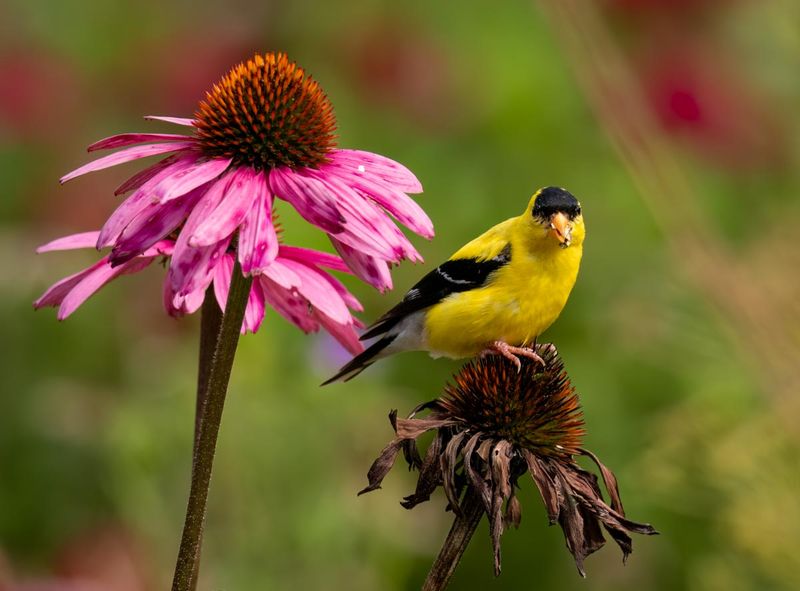
Finches go crazy for these prairie natives! The spiky seed heads of purple coneflowers remain standing through winter, offering food when other sources are scarce. Their sturdy stems hold up even under snow, creating natural feeding stations.
Beyond their bird-feeding abilities, coneflowers attract butterflies during summer blooming. Plant in groups of five or more for maximum impact and to create a more natural-looking bird buffet.
3. Serviceberry: Spring’s First Feast

Robins announce their return by gorging on serviceberry fruits. This native tree explodes with delicate white blossoms in early spring, followed by sweet purple berries that birds find irresistible. Cedar waxwings often strip entire trees clean in a single afternoon!
Also called Juneberry or Shadbush, this small tree provides three-season interest with spring flowers, summer berries, and fiery fall foliage. It works beautifully in smaller yards where space is limited.
4. Elderberry: Berry Bonanza
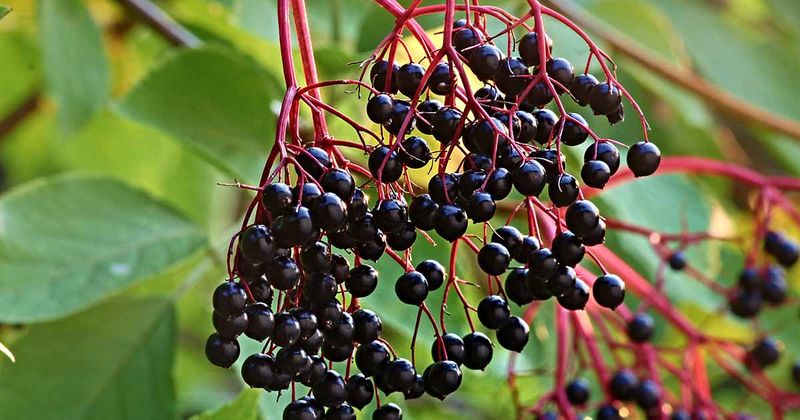
Over 120 bird species feast on elderberry’s juicy purple-black clusters. This fast-growing shrub produces massive berry displays in late summer that attract everything from bluebirds to tanagers. The umbrella-shaped flower clusters draw pollinators before transforming into bird food.
Plant elderberries in moist areas of your yard. Their shallow root systems make them perfect for rain gardens or low spots where other plants struggle. Just be ready to share—birds will claim most berries before you can harvest them!
5. Dogwood Trees: Four-Season Favorites
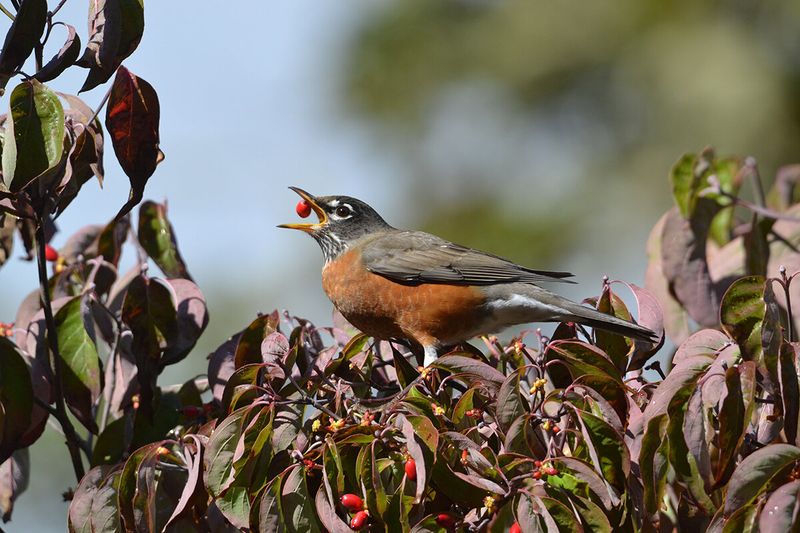
Bright red berries appear on dogwoods just as migrating birds need fuel for their long journeys south. These landscape staples offer spectacular spring flowers, summer shade, fall color, and winter berries—truly a year-round bird attraction.
Cardinals, bluebirds, and thrushes regularly visit dogwoods for their nutritious fruits. Native varieties like flowering dogwood (Cornus florida) support more wildlife than non-native Asian varieties while requiring less care once established.
6. Crabapple Trees: Winter Pantry

Ever noticed how crabapple fruits hang on trees until midwinter? That’s because they need several freeze-thaw cycles to soften before becoming bird-friendly. Cedar waxwings and robins descend in hungry flocks during January thaws to feast on these preserved fruits.
Modern disease-resistant varieties stay healthier without spraying. Look for types with smaller fruits that birds prefer, like ‘Harvest Gold’ or ‘Prairie Fire’, which offer spectacular spring blossoms and persistent winter fruit.
7. Viburnum Shrubs: Berry Buffet
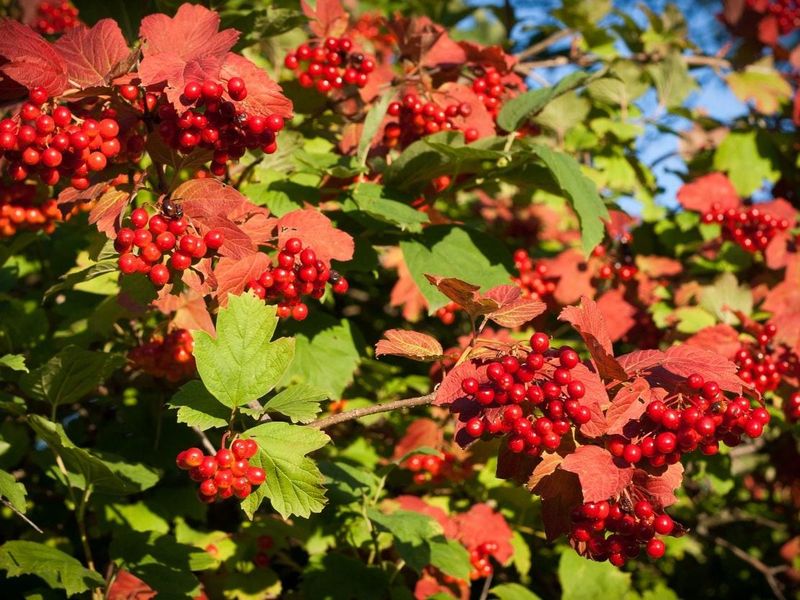
Mockingbirds fiercely defend viburnum berries from other hungry birds. These versatile shrubs produce abundant clusters of red, blue, or black fruits that persist through fall and early winter. American cranberrybush viburnum creates especially dramatic displays of bright red berries.
Plant several different viburnum species for extended fruiting periods. Some varieties ripen in late summer while others hold fruit until winter, creating a continuous food supply. Their dense branching structure also provides excellent nesting sites.
8. Native Cherries: Wild Treats

Wild cherries trigger feeding frenzies among robins, thrashers, and orioles. Black cherry and chokecherry trees produce tiny fruits that birds digest much better than humans do. A mature black cherry can feed dozens of bird species throughout its fruiting period.
These fast-growing native trees also host hundreds of caterpillar species that become protein-rich food for nesting birds. Plant them in naturalized areas where their volunteer seedlings won’t be a nuisance in manicured garden beds.
9. Trumpet Honeysuckle: Hummingbird Haven
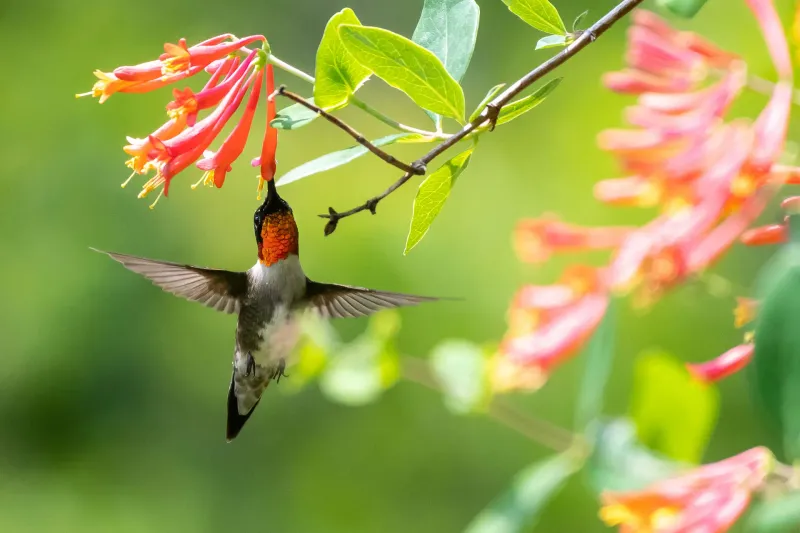
Ruby-throated hummingbirds zoom straight to the tubular red flowers of native honeysuckle vines. Unlike its invasive Japanese cousin, our native trumpet honeysuckle (Lonicera sempervirens) behaves itself in gardens while providing nectar for hummingbirds and small red berries for songbirds later.
Train this versatile vine on trellises, fences, or arbors where you can enjoy the hummingbird show. Its semi-evergreen foliage in southern regions provides year-round interest and nesting opportunities for smaller birds.
10. Beautyberry: Purple Surprise

Mockingbirds can’t resist the neon purple berries that circle beautyberry’s stems like bracelets. This unassuming shrub blends into summer gardens until fall, when its electric purple fruits stop both birds and humans in their tracks. Mockingbirds, catbirds, and thrashers find these berries particularly delicious.
American beautyberry (Callicarpa americana) thrives in partial shade and tolerates poor soils. Its arching branches create natural bird perches, making it easy for feathered friends to access the colorful feast.
11. Winterberry Holly: Red Winter Beacons

Bluebirds flock to winterberry holly’s brilliant red display when snow covers the ground. Unlike other hollies, winterberry drops its leaves in fall, creating a stunning showcase of thousands of bright berries on bare branches. The effect against snow is nothing short of magical.
Remember that only female plants produce berries, and you’ll need a male pollinator nearby. One male can pollinate up to ten females, so focus on planting mostly berry-producing female plants for maximum bird attraction.
12. Asters: Autumn Seed Buffet

Goldfinches balance acrobatically on aster seedheads through fall and winter. These late-blooming perennials feed butterflies with nectar, then transform into seed producers that sustain birds through cold months. Their fluffy seedheads contain thousands of nutritious morsels.
Native asters like New England aster (Symphyotrichum novae-angliae) support local bird populations better than cultivated varieties. Leave the dried stalks standing through winter instead of cutting them down—they’re natural bird feeders that add winter interest to gardens.
13. Oak Trees: Acorn Abundance

Blue jays cache thousands of acorns each fall, essentially planting future forests. These intelligent birds remember where they’ve hidden most acorns, returning throughout winter for meals. Woodpeckers, titmice, and wood ducks also rely heavily on acorn nutrition.
A single mature oak can support hundreds of bird species through acorns and by hosting insects birds eat. Though slow-growing, no other tree species supports more wildlife. Even a small yard has room for one oak that will feed generations of birds.
14. Inkberry: Bird-Friendly Alternative

Chickadees dart in and out of inkberry hollies throughout winter, snacking on the small black berries. This native evergreen makes an excellent alternative to invasive plants like privet or burning bush. Its compact growth habit works perfectly in foundation plantings.
Unlike some hollies, inkberry produces berries without sharp leaves, making it more comfortable for birds to access the fruits. The dense evergreen foliage also provides crucial winter shelter where birds can escape predators and harsh weather between feeding sessions.
15. Chokeberry Shrubs: Persistent Providers
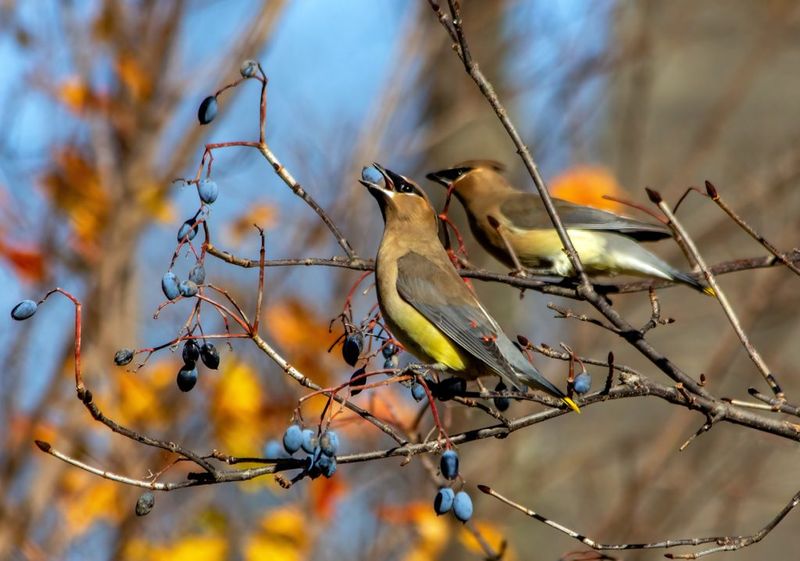
Cedar waxwings swoop in for chokeberry feasts during late winter food shortages. These adaptable native shrubs produce clusters of either red (Aronia arbutifolia) or black (Aronia melanocarpa) berries that persist through winter, becoming emergency rations when other food sources are depleted.
Chokeberries tolerate wet conditions and poor soils where other plants struggle. Their brilliant fall color adds landscape value, while their compact size makes them suitable for smaller yards. The berries’ astringent taste means birds save them until truly needed.

